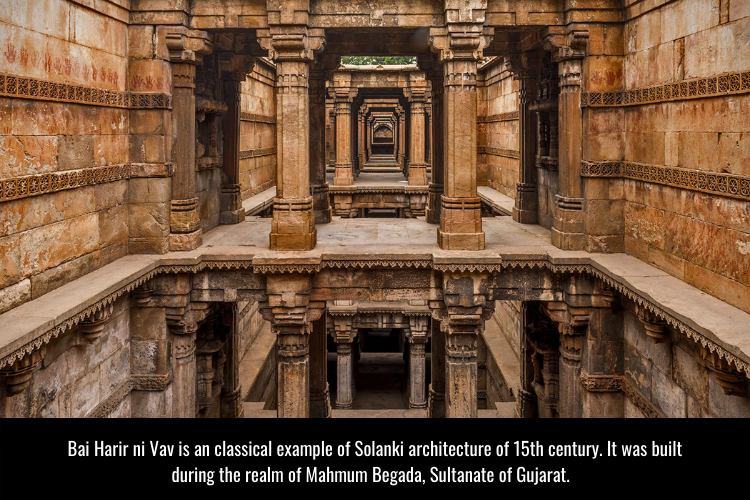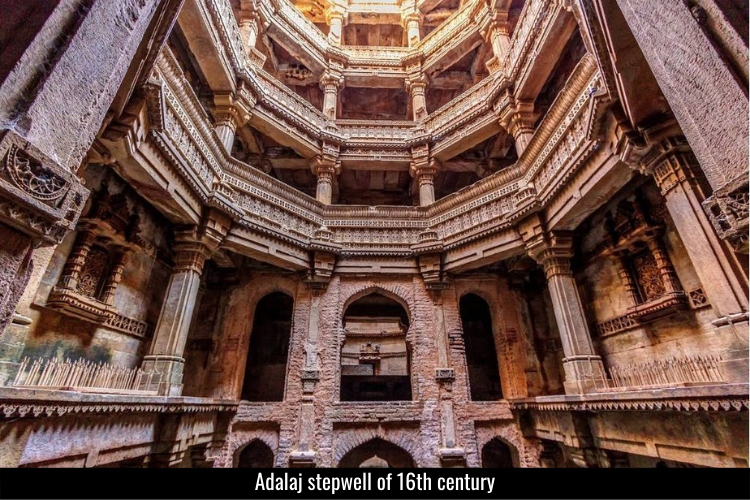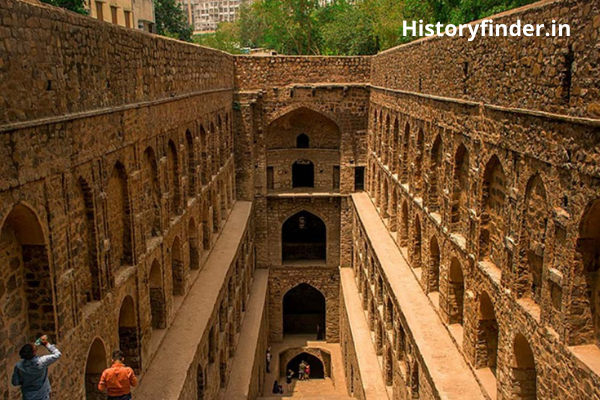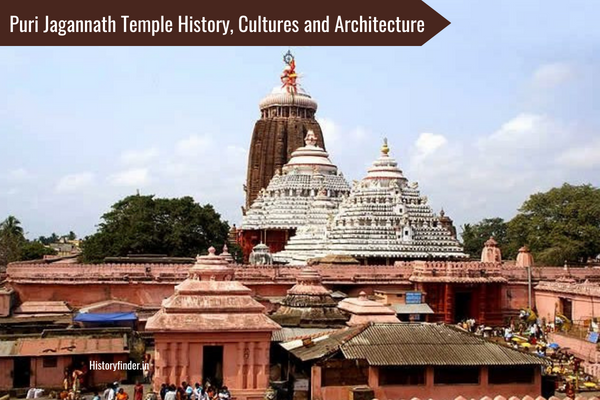Peacock Throne, the most expensive indegenious throne, was an emblem of Mughal opulence. The lavish decoration of gemstones and jewels on a pure gold architecture, was beyond a poetic imagination. Shah Jahan, the ‘engineer’ sultan, the seeker of ‘paradise on earth’ in his every creation, build his best which nobody could ever match. The glittering gems of the Peacock Throne thus unveil a massive cultural legacy with an incredible history, alongside the artistic mastery.
Interestingly, the name Peacock Throne, aka Mayur Singhasan aka Takth-e-Tavus was not the original name what Shah Jahan gave. The original name of the Peacock Throne was rather a simple one, ‘Takht-e-Murassa’ or Jeweled Throne. The name Peacock Throne was actually given by the successors of Shah Jahan, after the pair of peacock on the top. Some theories also claim that Peacock Throne was actually named by the historians. Sadly, the original name Takht-e-Murassa got faded with time.
History and Description of Peacock Throne
Mayur Takht or Peacock Throne was commissioned on 22nd March in 1635. Shah Jahan wanted to inaugurate Peacock Throne aka Mayur Sighasan on the auspicious occassion of Eid-al-Fitr and Nowruz. Shah Jahan’s Peacock throne was commissioned at the Diwan-e-Khas of Delhi Red Fort. The special court of Shah Jahan at Delhi thereafter housed the throne for more than a century.
Did You Know?
The Peacock Throne actually cost twice to the Taj Mahal of Agra. Shah Jahan spent about 100 million Mughal Rupees to build Peacock Throne that time. The Mayur Takht or Peacock Throne was built with 1150 kg of gold and 230 kg of precious stones. The design and artistry of Peacock throne was perhaps influenced from the Takht-e-Suleyman (throne of king Solomon).
Gems and Jewels of Peacock Throne
Historical records suggest that the throne had a golden framework, adorned by a multitude of precious gemstones. The fabulous diamonds included 186 carat Koh-e-noor, 95 carat Akbar Shah, 83 carat Jahangir diamond and 88.77 carat Shah diamond. Akbar Shah diamond was called ‘the lustre of Peacock throne’. A huge 352.5 carat Timur ruby was among the other precious gems of the throne including precious emeralds, pearls, and sapphires. Shah Jahan appointed his best craftsmen, who took about seven years to construct the Peacock throne. The value of heavily loaded gemstones, the golden structure, luxurious design and the exquisite craftmanship made the throne priceless.
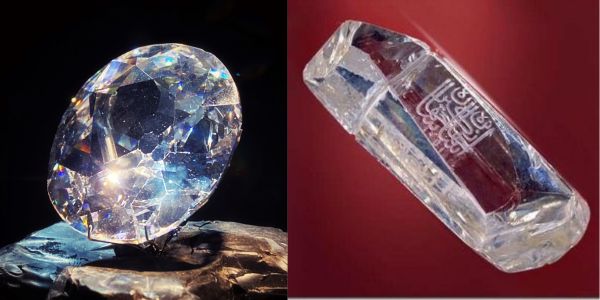
According to historical accounts, the throne consisted of 1150 kg of gold and 230 kg of gemstones. The mammoth dimension of Peacock throne consisted of 3.5 yeards of length, 2.5 yards of breath and 5 yards of height. Twelve pillars supported the main structure canopy, all made of gold and ornamented with precious jemstones. Inayat Khan, the historian of Mughal period, had mentioned in his ‘Shahjahannama’ about the Sultan’s order to use one crore of Mughal Rupees, 14 lakhs for diamonds and 86 lakhs for other gemstones. The cost cost of gold and other structural part is not however certain.
According to the accounts of French traveller François Bernier, the diamonds were of extraordinary size and value. His words state that the Peacock throne jewels and jems ‘exhibiting a lustre like the sun’. Sir Bernier’s account claims that the Peacock throne had an estimated value of about 4 crores of Mughal Rupees.
The Fate of Original Peacock Throne
Extra-ordinary things have larger insecurities and shorter life! And more enemies too.
Persian King Nader Shah invaded Delhi in 1739 and looted the original Peacock Throne. He took the ‘Pride of Mughal’ to Iran. But after his assassination in 1747, the Peacock Throne became untraceable. Many historical accounts claims that the throne was probably dismantled. Few historians however claim the base of the throne was used in grand Sun throne of Persia. But the claim also lacks solid evidence. So, the Nader Shah invasion brought an end of the incredible history of the gorgeous Peacock throne.
So, Nader Shah remained the last king to ascend the original Peacock throne, where as Muhammad Shah was the last Mughal emperor.

Peacock Throne Replica
A replica was built after Nader Shah returned to Persia with original Peacock Throne built by Shah Jahan. There is no historical record who built the replica. However, the late Mughal successors enjoyed riding their family pride, the replica Peacock Throne, as a symbol of lost authority. After the Indian rebellion of 1857 and the following British plunder at the Red Fort, the replica Peacock Throne disappeared too.
Legacy of Peacock Throne
Peacock Throne was not just a mere seat of the Mughals. But embodied the enormous wealth and supreme authority of Mughal Empire. It shows only the Mughals had the guts to rival the splendor of King Solomon’s Throne.
Peacock Throne was also a reflection of splendid Mughal craftmanship. The ‘Pride of the Mughal’ became the central feature of Diwan-e-Khas of Delhi and the center of attraction too.
Nader Shah looted original Peacock Throne actually symbolised the sharp decline of Mughal supremacy too. The fate of the Peacock Throne is often decoded as a metaphor for lost imperial glory, colonial plunder, and the vulnerability of even the mightiest empires.

